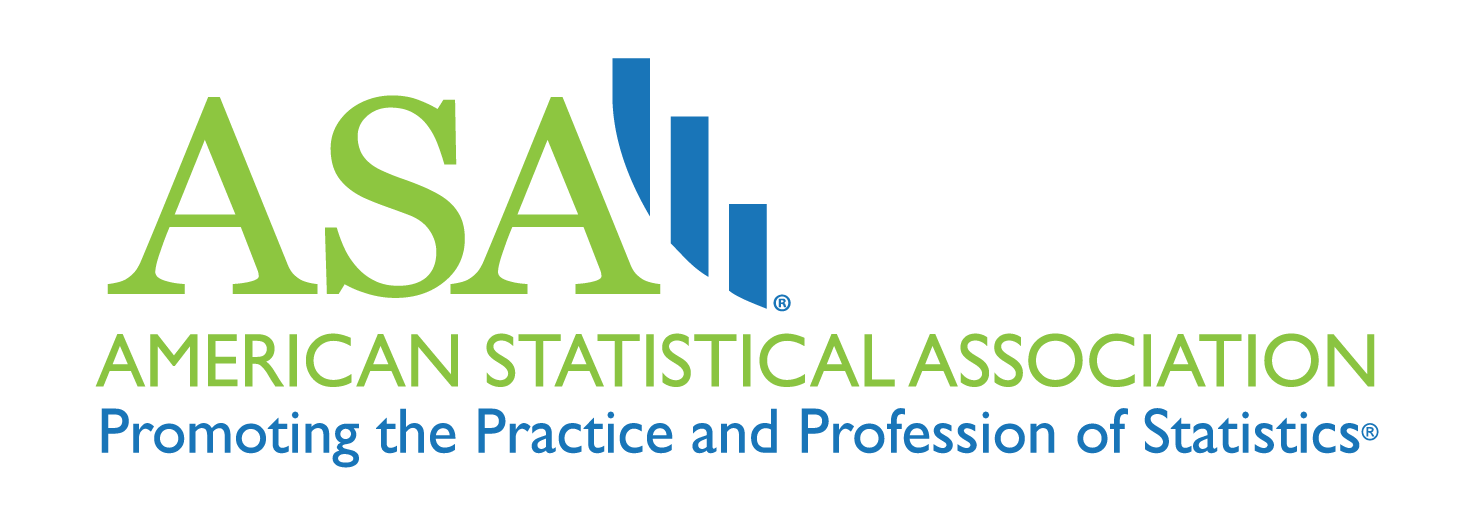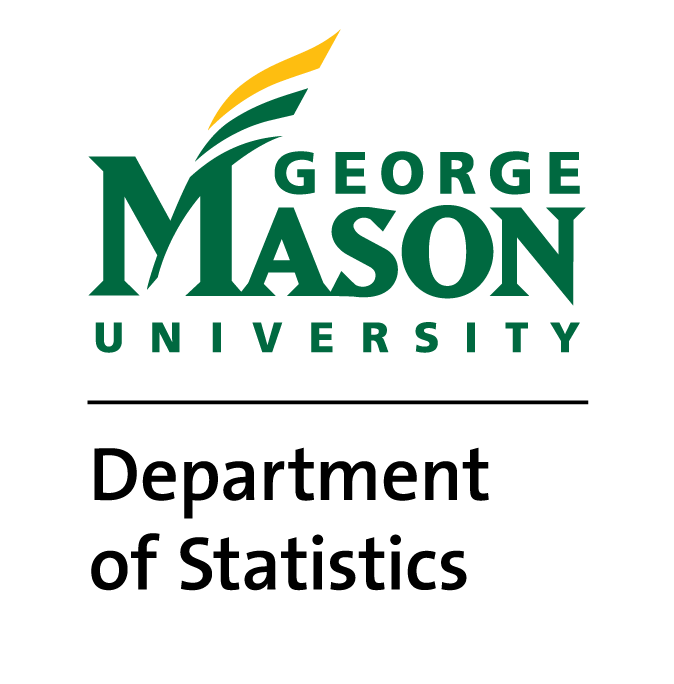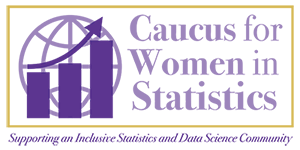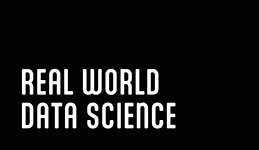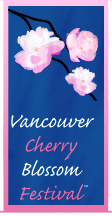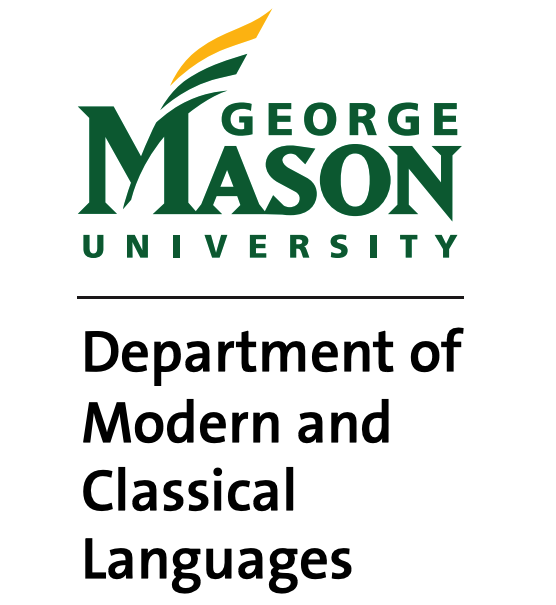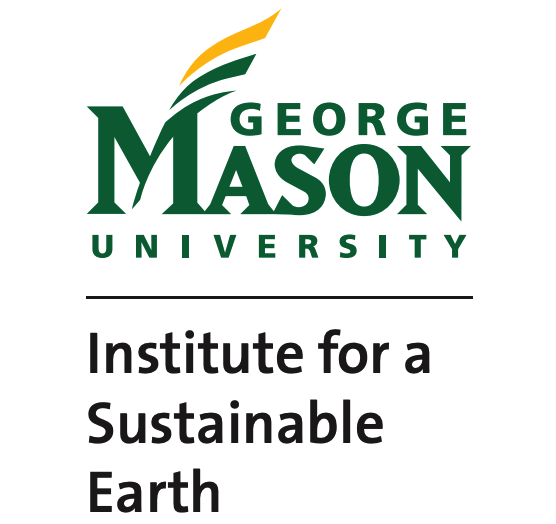Over eighty contestants entered the competition across four continents.
We challenged students, researchers, and citizen scientists to predict the peak bloom date of cherry trees at four locations around the world: Washington D.C., USA; Kyoto, Japan; Vancouver, Canada; and Liestal-Weideli, Switzerland. While it is known that cherry trees bloom earlier each year as climates warm, complex weather patterns make annual prediction extremely difficult. Over eighty contestants across four continents formed forty-one teams to take up our challenge to build statistical models that produce accurate and interpretable predictions. Their entries are eligible to receive prizes of $5,000 or more. In addition, their work will help scientists better understand the impacts of climate change.

Contestants vary widely in their predictions for 2022.
Some anticipate a peak bloom date as early as March 1st and others as late as May 8th. When the entries are combined, the overall consensus is that the cherry trees will likely bloom between late March and early April. (The average predicted peak bloom dates are April 3rd for Kyoto, April 2nd for Liestal-Weideli and Vancouver, and April 1st for Washington D.C.—denoted on the calendars below by 🌸)
These calendars show which days the contestants predict the peak bloom date will occur.
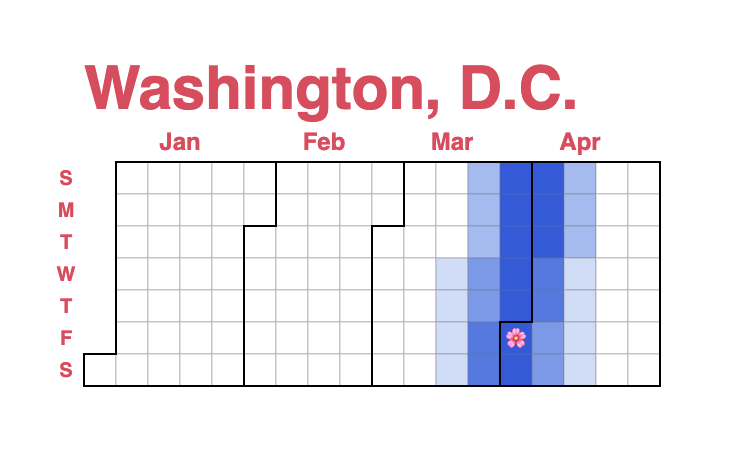

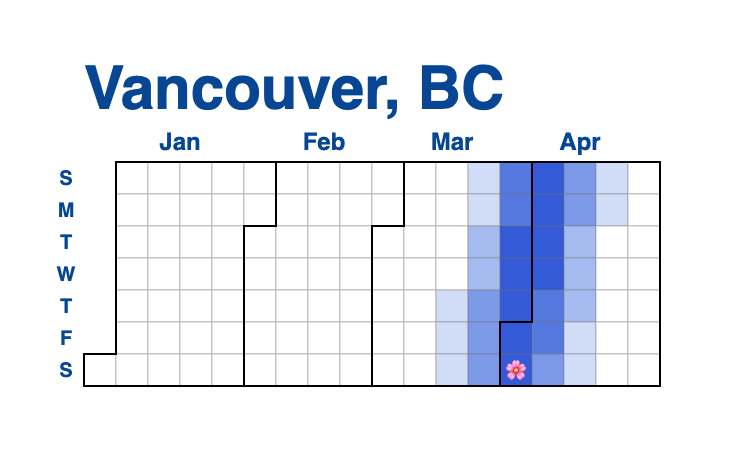
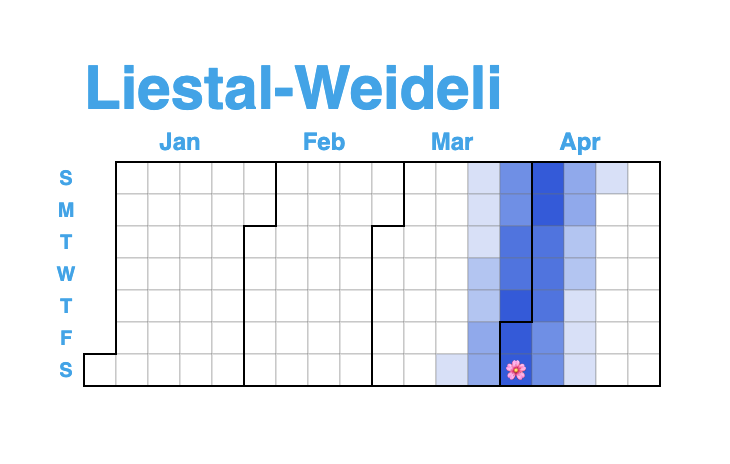
Overall, the contestants believe the National Park Service prediction is too early.
The National Park Service predicts the peak bloom of the Washington D.C. cherry trees will be between March 22nd and March 25th. The Washington Post predicts a similar range, between March 22nd and March 26th. Several contestants agree with this prediction. But overall, the contestants anticipate these dates are too early. The entries suggest only a twenty percent chance the peak bloom will occur on March 26th or earlier. The contestants prefer the four-day window a week later, between March 30th and April 2nd.
In contrast, the contestants largely agree with the Japan Meteorological Corporation, which predicts that the peak bloom of the Kyoto cherry trees will occur on April 2nd.
For Vancouver, B.C, where there is almost no historical data, contestants think that full bloom will be on April 2nd. The Vancouver Cherry Blossom Festival posts updates on the stage of their cherry trees on the UBC Botanical Garden Forums.
Who will win the First International Cherry Tree Prediction Competition?
Stay tuned! We hope to announce the winners early May. We will also announce the winners for best narrative. We thank the contestants for their hard work. In addition, a big thanks to RStudio, the American Statistical Association, Caucus for Women in Statistics, George Mason University’s Department of Statistics, and Columbia University’s Department of Statistics for their support, and partnerships with the International Society of Biometeorology, MeteoSwiss, USA National Phenology Network, and the Vancouver Cherry Blossom Festival—as well as Mason’s Institute for Digital InnovAtion, Institute for a Sustainable Earth, and the Department of Modern and Classical Languages. We also thank our judges Lelys Bravo de Guenni, Cheryl Brooks, Rebecca Forkner, Mason Heberling, Will Pearse, Eric Post, Richard Primack, and Christine Rollinson.


